WoodenuKnow.com is a participant in the Amazon Services LLC Associates Program, an affiliate advertising program designed to provide a means for sites to earn advertising fees by advertising and linking to Amazon.com and may earn from qualifying purchases.
A stain on unfinished wood is a terrible thing. Oils stains are one of the most frustrating things for wood lovers and it can be difficult to remove them from unfinished wood.
There are some ways to remove oil stains, but not all of them work well on unfinished wood so you need to be careful.
If you don’t know what will happen when using a certain technique, then always test it first with a small area that is hidden in the wood furniture or flooring before tackling the stain.
How to Remove Oil Stains From Unfinished Wood in Ten Simple Steps?
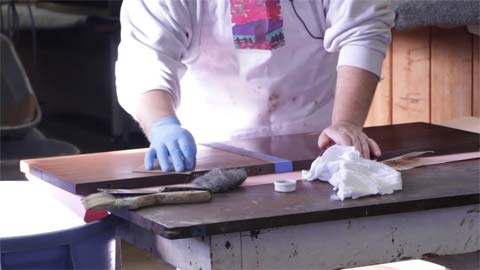
If you follow these 10 simple steps, you will be able to know all the available methods on how to remove oil stains from unfinished wood with no problem at all.
Step 01: Remove Excess Oil from the Surface of the Wood
The first thing to do is remove oil stains much oil as possible from the outside of the wood. If you don’t, it can leave a sticky residue that will worsen any further cleaning process and distort your results. To remove excess oil from unfinished wood you can use either paper towels that work well but are not that efficient; so keep a lot of them on hand, or an absorbent cloth.
Step 02: Clean the Wood with Denatured Alcohol
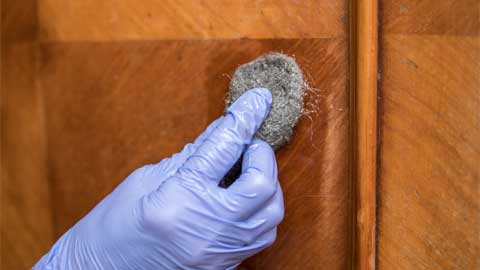
Denatured alcohol is probably the best option for woods because it evaporates quickly so there’s no risk of leaving behind sticky remains that will attract more dirt and oil stains, plus you can use it on both unfinished and finished wood.
Step 03: Clean the Oil Stain with a Solvent-Based Remover
Solvent-based removers, like naphtha or mineral spirits, are better suited for removing latex and acrylic stains than oils but they will take care of even the toughest caked-on stains.
You can use them on unfinished wood, but they don’t evaporate as fast as denatured alcohol so keep that in mind.
Step 04: Use Vinegar
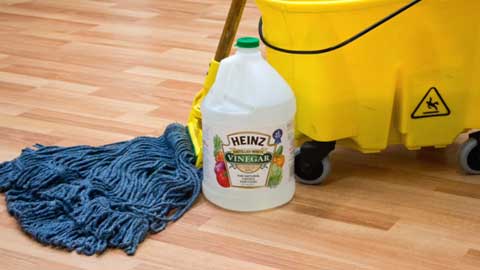
Because it has a neutral pH you can use vinegar on unfinished wood without worrying about damaging the material.
It will also break down any oils or greases that are left on the outside of the wood. Just spray, let it soak and then wipe away any residue.
Step 05: Use Paint Thinner
Paint thinner is another great stain remover for unfinished wood but it should only be used in small quantities because it’s very difficult to wash it off.
If you’re going to try it on unfinished wood make sure that you test it first and only use it sparingly.
Step 06: Use a Citrus Oil Cleaner
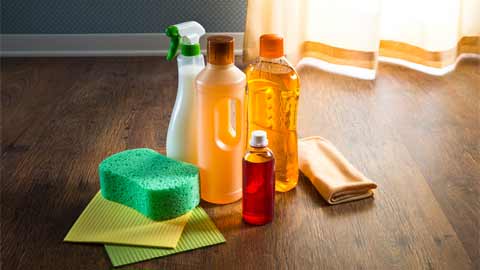
Citrus-based cleaners, like lemon or orange oils, are great for cleaning undiluted because they have natural disinfectants and pH balancers.
They’re also great for removing stains from unfinished wood because these oils clean better than vinegar. Just apply them to the affected area and wipe them off with a sponge.
Step 07: Use a Meat Tenderizer
Meat tenderizer is one of the most efficient products you can find for removing food oils from unfinished wood.
It’s made to break down proteins and it can be used both in its original form or as an ingredient in a homemade cleaning solution, which is perfect if you don’t want to buy a dedicated product.
Just mix 2 teaspoons of meat tenderizer with one cup of hot water until dissolved and then apply this mixture to the stain with a sponge.
Step 08: Use a Floor Cleaner
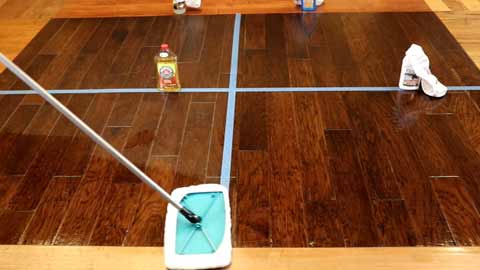
Not only do they have strong chemicals and solvents, but floor cleaners are made specifically for removing slippery substances like greases and oils.
So you can also use them instead of your usual household cleaner in order to remove oil stains from unfinished wood.
Step 09: Use a Citrus Degreaser
Citrus degreasers are good for removing oily or greasy substances in general so they’re also very efficient at getting rid of oil stains on wood.
Just apply them with a sponge and then wipe them off.
Step 10: Use a Multi-Purpose Cleaner
Multipurpose cleaners are very versatile and have ingredients that clean, disinfect and deodorize so they’re perfect for removing an oil stain.
You Can Also Check: Easy Way to Strip Paint From Wood
How Damaging Are Oil Stains to Unfinished Wood?
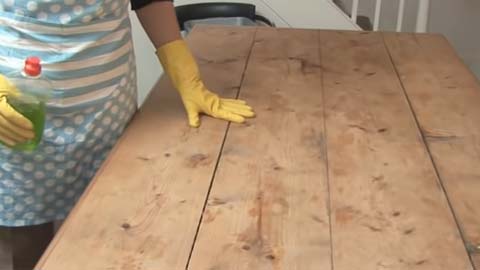
Oil stains can be quite damaging and if you don’t remove them in time they can permanently damage the material and make it lose its original colour.
The problem is that oil stains are difficult to remove because they’re really absorbent so even though you clean up the stain, there’s still a thin layer of oil left under it.
The longer you let the stain sit, the deeper it gets and the harder it will be to remove.
The Purpose of Removing Oil Stains from Unfinished Wood
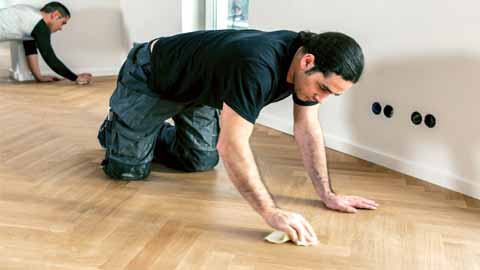
Oil stains can cause unsightly patches. The oil will often seep into the wood, running deep beneath the surface layer.
This means that if an oil stain is left untreated for too long, repairing it could be difficult or impossible.
Oil stains also have a tendency to darken the appearance of woods and make it look old and dirty.
If you want to keep your wood furniture looking new and fresh, it’s important to remove oil stains quickly.
Here Are Some Tips to Keep You Safe from Mineral Spirits
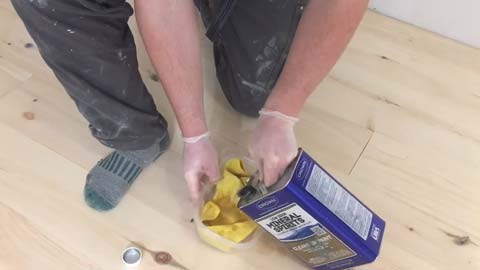
8 tips to keep you safe during an oil stain removal:
1. Use a damp cloth to blot the stain, not rub it in.
2. Don’t use any water if water could cause the oil to spread.
3. Use an absorbent material like a paper towel or dryer sheet to soak up the excess oil.
4. Be careful when using a chemical pretreatment product; make sure you read the label and follow directions carefully so as not to damage the flooring or existing finish on your unfinished wood surface or stain any other surfaces or materials in your home with chemicals.
5. Rinse off the pre-treatment and any spillage with a hose or bucket of water before starting any other steps for removing an oil stain from unfinished wood such as scrubbing (if it’s safe to do so).
6. Scrub the area with a bristle brush to help release more of the oil and get at the stain.
7. Use a soft scrubbing pad or old, clean toothbrush for removing any surface discolouration left behind by an oil stain before applying a finish or sealer.
8. Use a soft cloth to blot the area to remove any excess material and check for a clean, dry surface before applying any wood finish.
FAQs
01. Are Oil Stains Dangerous In Unfinished Wood?
Oil stains are not dangerous but they can become hazardous if they’re left untreated. Just like any stain, oil stains will inevitably get bigger and deeper if you don’t remove them in time.
If these oils sit on your wood for a long time, the surface layer will keep absorbing it until the oil gets to the bottom of your wooden piece and you won’t be able to remove it anymore.
02. Do Oil Stains Leave Marks In Unfinished Wood?
Yes, if you don’t get rid of these oil stains in time they will leave unattractive marks on your furniture piece.
Oil stains are brownish or blackish so after a while, they can give the wood a dull finish and make it look old and dirty.
03. Do All Types Of Oil Stain Unfinished Wood?
No, not all oils can damage your furniture piece. Oils are just the liquids extracted from plants and animals by pressing them or boiling them in water.
There’s a big difference between different oils though some of them are more harmful because they have a higher viscosity and/or they contain more impurities, which means that these oils require more time to evaporate.
You Can Also Read: How to Stain Maple Wood in a Dark Color?
04. How Can You Prevent Oil Stains on Unfinished Wood?
If you want to avoid leaving oil stains on your wooden furniture in the future, just be careful around oily substances (don’t leave them open or forget about them).
Always clean up spills immediately and if you can’t do it, use an absorbent material (like dry rice) to soak up the oil.
You should also use coasters or placemats on furniture made from unfinished wood so that liquids don’t have direct contact with it.
Conclusion
When you are trying to remove oil stains from unfinished wood, it is important that you use the right technique and products for your specific needs. There are many different ways to remove an oil stain or spill on wood but there are also some techniques that could damage your wooden surface if not done correctly.
We hope this article has helped give you a few ideas about how to tackle removing those pesky spills with as little effort as possible so they don’t end up ruining any of your hard work!
Enjoy experimenting with these methods and remember patience is key when working with unfinished wood!

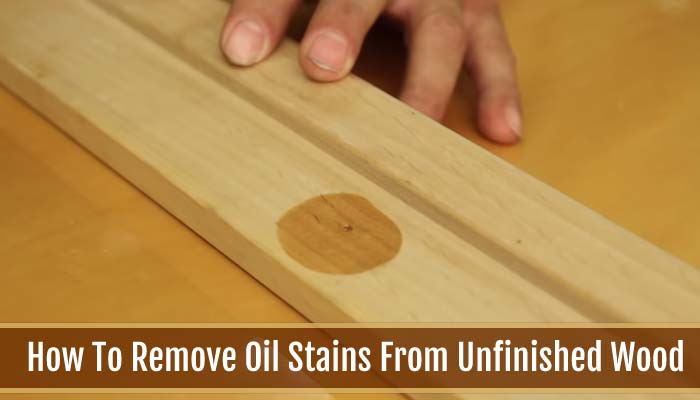
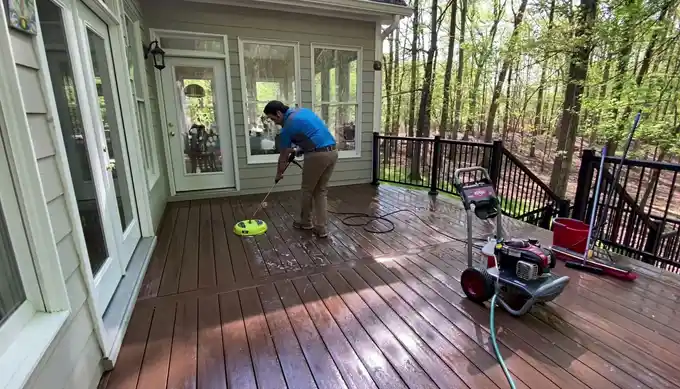
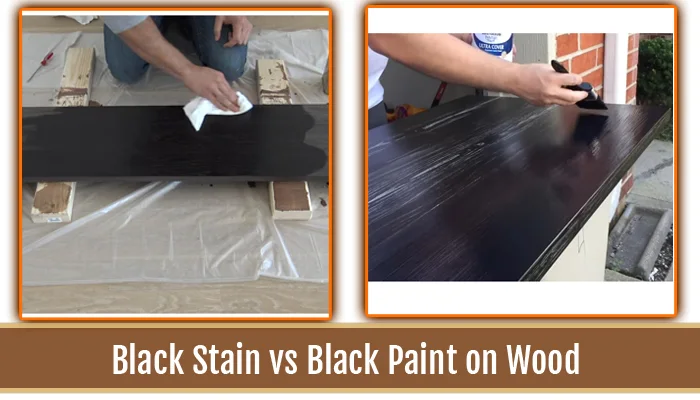
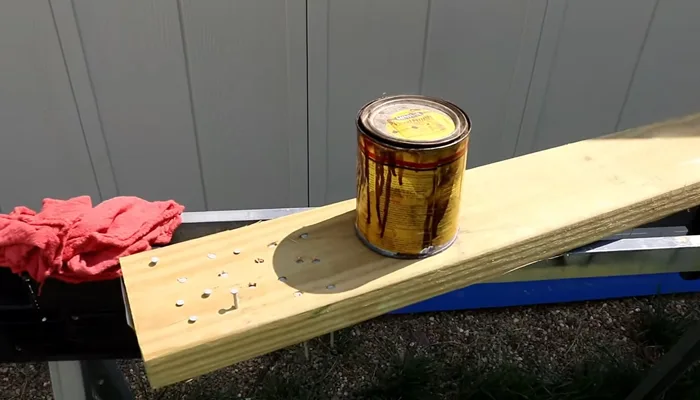
Онлайн казино [url=https://888starz.lol/]888 starz[/url] с возможностью быстрого вывода денег https://888starz.shop/
Comment awaiting moderation.